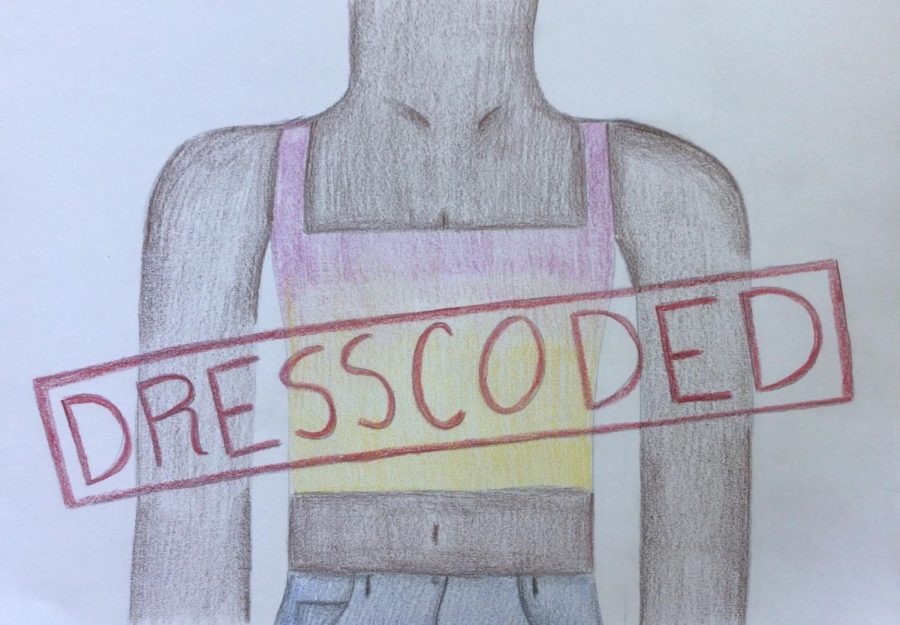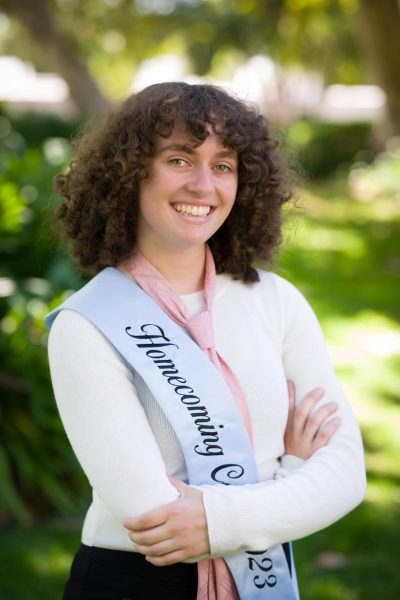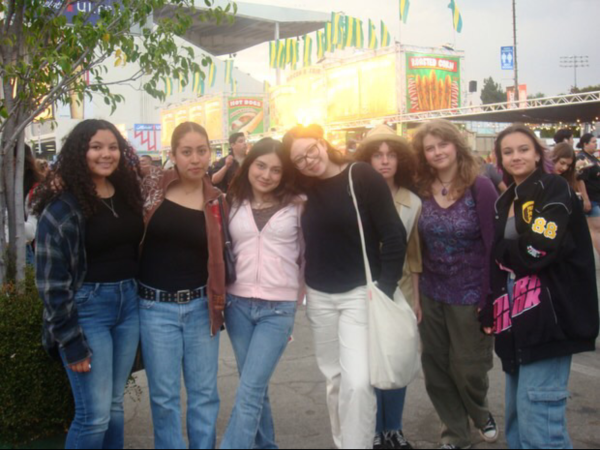The injustice behind CHS’ dress code policies is evident
In 2017, after coming under fire for dress code guidelines that enabled discrimination towards majority female and black students, a committee was created by CHS former Assistant Principal Clara Dehmer to address the numerous complaints and protests from the community. The meetings culminated in an agreement to establish a new set of rules on school-appropriate clothing and new standards for discretion when it came to dress code violations. Nearly five years after the first meeting and amendments to the code of dress, many students are left wondering if the school has really held onto its promises for a dress code system that is both fair and appropriate.
In an Instagram poll posted in early September, Claremont High School students were asked if they had ever been dress-coded or had an offensive or inappropriate comment made about their style of dress but not forced to change. A vast majority of respondents saying yes were women of color, and those who said no were majorly white males. When asked if the respondents wished to elaborate on their experiences, one current Claremont High senior shared a story in which she was called to the office in response to a report by her male teacher that she was violating dress code. She was then pulled immediately from her class, who was in the middle of taking a test, with a call slip to the office where she was told she had to change her shirt because it was too ”revealing.” When she returned to her class, she was not given additional time to complete her test and as a result was unable to finish it. Other female peers have shared similar stories, one in which a staff member said her outfit was inappropriate while a different staff member said it was okay.
If one adult finds a teenager’s outfit too provocative while the other doesn’t, it is obvious that the appropriateness of a student’s outfit on their body is purely subjective to the adult and what they personally find acceptable or impermissible. Furthermore, when the school allows staff members to comment on the acceptability of a female student’s outfit, they are often simultaneously going to be commenting on the female students body, whether intentional or not. A tank top on a male student is ‘school appropriate’ while on a female student it is not. Additionally, female students who have a more curvy body type (often WOC) should not be punished for wearing the same clothes as one who is not—but they are. When such occurrences happen, like pulling a student out of class during instructional time, the school is demonstrating that the education of their female students is not as important to those of their (male) classmates. They are also teaching young women they their bodies are something to be ashamed of—that it is inherently sexual and distracting—and must be covered for the sake of others.
While it is true that steps have been made to remediate what is considered an appropriate style of dress in school, such as with the removal of rules banning durags and tank tops, it is evident that leaps and bounds must be made before it is truly fair to all of Claremont’s students. Female students of color have been expressing their frustrations on these injustices for years and it is time for Claremont High to actually listen.
Hello there! Our goal is to provide relavent, engaging journalism for readers of all ages. Your donation will support the student journalists of the Wolfpacket at Claremont High School, and will allow us to purchase equipment, print our monthly issues, and enter in journalism competitions. We appreciate your consideration!

This is Wobi Antoniolli’s (12th grade) first year as a reporter for the Wolfpacket, though she took an interest in journalism many years prior. Previously,...








